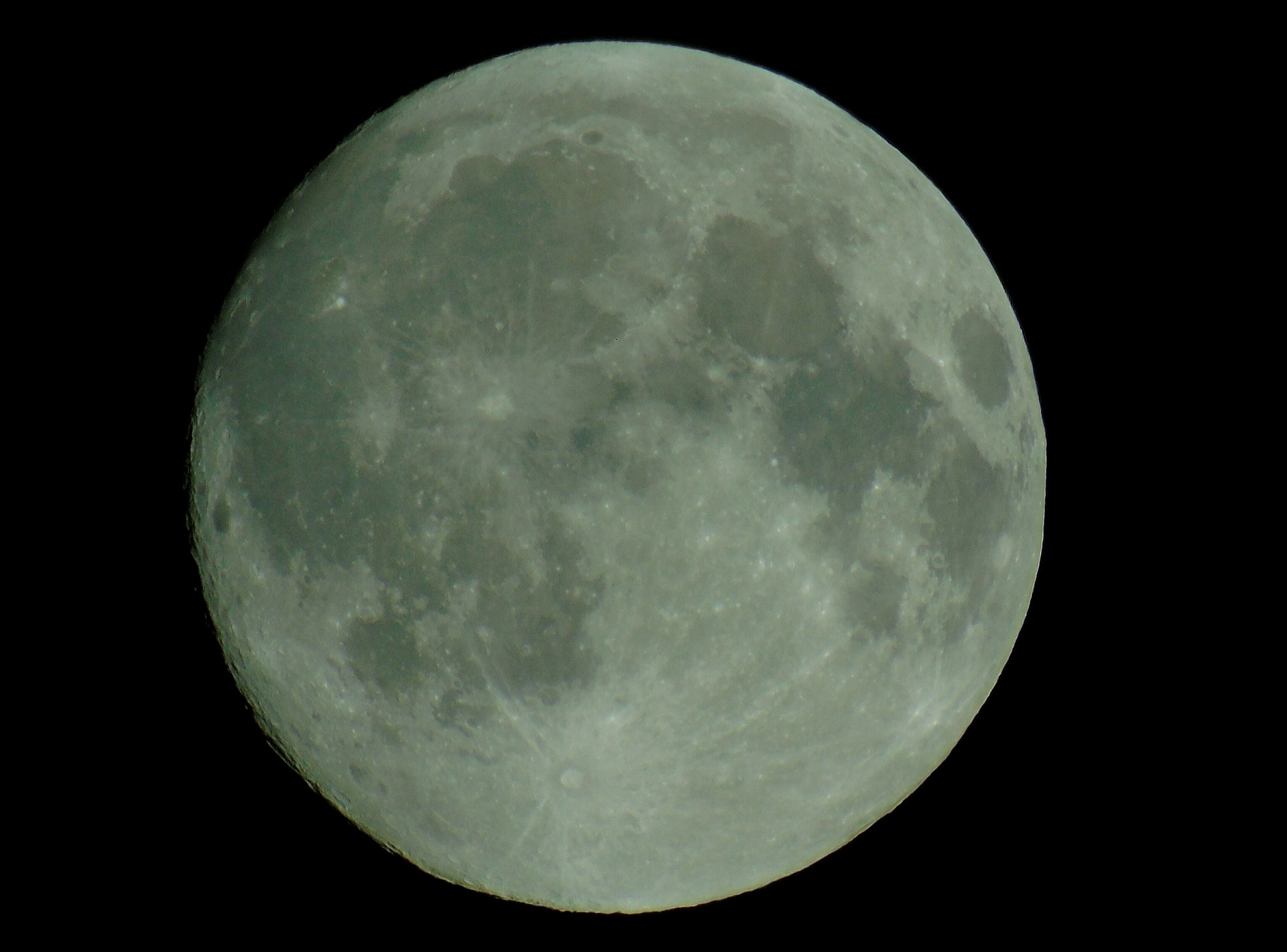NASA Plans to Mine the Moon and Calls the Expert to Help Them

NASA wants to establish a permanent base on the Moon, and they need Caterpillar to help them with the mining operations. The two have a long record of successful collaborations, but this time we’re not talking about developing robotic drills for taking soil samples, but for the actual excavation and mining of the lunar surface. The Moon is abundant in valuable metals such as titanium ore, magnesium, silicon, aluminium, calcium, and even oxygen and water. All of these will be crucial for the development and the flourishing of a lunar base, as they can be used in 3D printers to create anything required.
Caterpillar is leading the autonomy revolution in the field, having presented and extensively tested autonomous excavators, hauling trucks, drills, heavy-haul trains, and other mining machines. In fact, their first R&D efforts in this area date back to 1985, when they started experimenting in Texas quarries. Today’s machines though deploy state of the art GPS, radars, LIDARs, powerful onboard computers, and an AI to bring everything together. Some of their competitors in the field like Hitachi, Volvo, and Komatsu, are also actively developing their own autonomous systems, but Caterpillar was way ahead of them already.
NASA wants to send Caterpillar’s remote-controlled mining equipment to the Moon in 2024, and see if their plan is really feasible. The success of the project is an absolute prerequisite in order to move forward with the plans on building a lunar base. Still, this feat will need many billions of dollars, as the equipment needed for the project is large and heavy. For this, Caterpillar and NASA are working together to see what cuts and simplifications can be made, and what the best approach to history’s first extraterrestrial mining project would be.

 Tech Steel & Materials
Tech Steel & Materials